Fight to save a pit
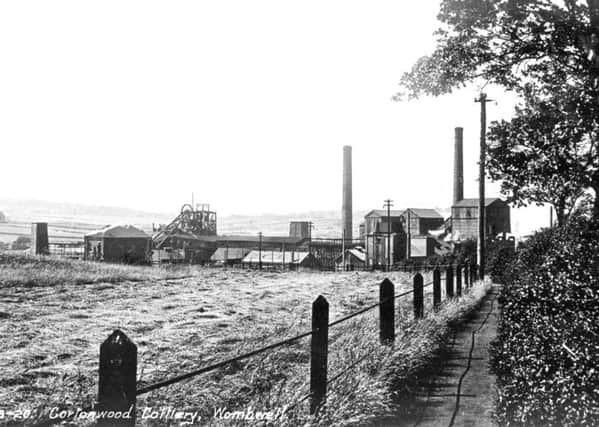

The Cortonwood Colliery Co. was formed in 1872 and sinking of the colliery, five miles from Barnsley and five-and-a-half miles from Rotherham, was begun a year later. For a time in 1874 sinking operations were halted owing to the water influx but the problems were overcome; the shafts eventually being 20ft in diameter. It was stated ‘‘these were about the largest in Yorkshire’’. The Barnsley seam was reached at depth of 214 yards from the surface in May 1875. The coal was 8ft 6in thick. Estimates predicted there would be an output of about 1,500 tons per day.
A serious fire at Cortonwood disrupted Christmas Day and Boxing Day for more than 800 men in 1904. The outbreak was said to have occurred near the return wheel as a result of the friction igniting coal dust. Between 1907 and 1908, both the shafts were deepened to mine the Parkgate Seam at 481 yards. Other seams developed were the Haigh Moor Seam in 1918 and Silkstone Seam in 1927.
Advertisement
Hide AdAdvertisement
Hide AdA disaster occurred at Cortonwood on Thursday/Friday, December 8/9, 1932. An explosion in no. 2 district ,of the Silkstone Seam killed four instantly, three died a little later and another, a 17-year-old-boy, died in hospital. The Cortonwood rescue team were quickly on the scene, but the bodies were recovered by a number of other underground workers, who rushed to the scene. One man left six children and in another case the victim, a youth, was the only breadwinner.
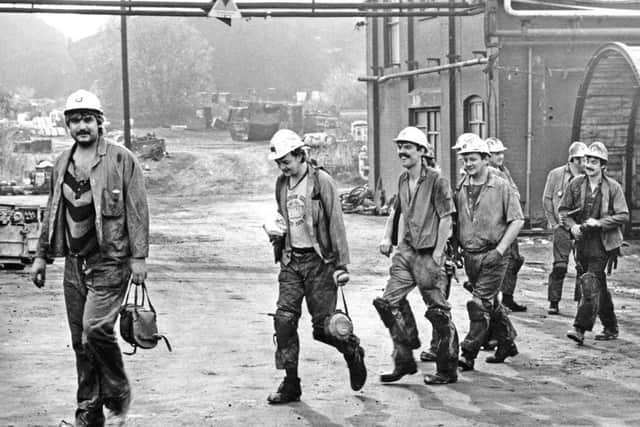

Between 1927 to 1935, a major reconstruction scheme was carried out at the colliery. A further £1m of work took place in the 1960s. The Barnsley Seam at Cortonwood was worked out by 1921; the Parkgate Seam, exhausted in 1941; the Haigh Moor Seam, 1975; the Silkstone Seam until closure.
On Monday, June 19, 1961, another disaster occurred at Cortonwood involving methane. Nine men were involved; four of these died, five escaped alive.
Thirty-five years ago, Cortonwood colliery miners went on strike and this would be the catalyst for the rest of the mining industry to begin a bitter year-long dispute.
Advertisement
Hide AdAdvertisement
Hide AdAt the beginning of 1984, the 850-strong Cortonwood workforce believed their pit had five years life left. That belief was in tatters by March 1. The National Coal Board announced it planned to shut the pit ‘‘as soon as possible in the next financial year’’, which started in April. Instead of five years, the men reckoned their pit’s death warrant would be signed for April 6 – when the 111-year-old colliery would shut for good. Defiantly, the Cortonwood miners resolved not to lie back and see their pit die with an alleged million tonnes of workable reserves sealed underground. Their stance led to Yorkshire’s 56,000 miners being called out on strike following a Yorkshire area council NUM meeting on March 5. Yorkshire president Jack Taylor, said that the council was using powers to call a strike given to them by a members’ ballot in 1981.
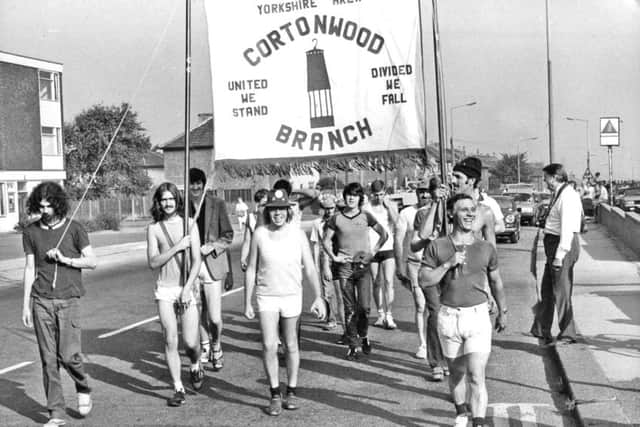

During the 1984 to 1985 Miners Strike, the Ladies’ Action Group of the strike centre at Cortonwood Miner’s Welfare Club organised dinners for miners, their wives and children under five on Mondays, Wednesdays and Fridays.
Ugly scenes were witnessed on numerous South Yorkshire picket lines throughout 1984. But, it was November 9 before any one clocked on at Cortonwood. This led to clashes for nearly three hours. Molotov cocktails and iron bolts were hurled, road signs and lampposts were torn down and cars set alight.
Over Christmas 1984, despite the strike being in its 42nd week, a festive spirit prevailed. Throughout Boxing Day, well-wishers called in to a roadside hut, christened the Alamo, which the pickets had made their headquarters.
Advertisement
Hide AdAdvertisement
Hide AdAnne Scargill surprised Cortonwood’s pickets at the Alamo hut on March 4, 1985 with a big red birthday cake to mark the first anniversary of the strike. Its one candle, lit up the inscription: ‘‘One year old and not yet defeated.’’
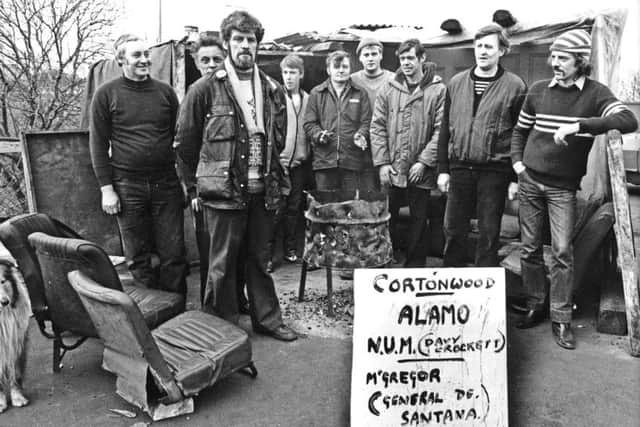

On March 5, 1985, when all striking miners decided to return to work after the bitter struggle, the Cortonwood men were met by flying pickets from the Kent coalfield. They were continuing their strike to demand an amnesty for sacked colleagues.
Cortonwood strikers along with hundreds of women had gathered in the pit village for an orderly march-back to work behind banners, but they refused to cross the Kent men’s picket line. One of the Kent pickets, David Hemmings from Bettshanger pit, said all except two NUM branch officials in the Kent area had been sacked by the Coal Board.
When Cortonwood miners did return to work, it was for only a matter of months. In June it was stated that the pit would be axed. The Coal Board claimed there was no inland market for Cortonwood’s coal.
Advertisement
Hide AdAdvertisement
Hide AdEarly in October 1985, the Cortonwood men took a heartbreaking decision to abandon their fight. Faced with the prospect of depriving those volunteering for redundancy of up to £30,000 each, the Cortonwood NUM branch withdrew its objections to closure.
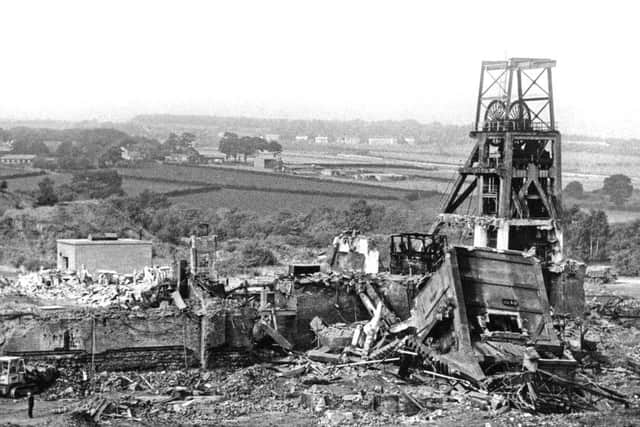

On October 25, 1985, the last cage-load of miners on a production shift at Cortonwood came up at lunchtime to be met by a journalists. Many miners, still bitter about defeat in the strike, refused to speak, but those who did made it clear they believed the fight had been worthwhile. Of the 690 workforce at Cortonwood, almost half – 320 – had opted for redundancy. The other 370 would be transferred to either Barnburgh, Treeton, Silverwood, or Maltby collieries. All have since closed.